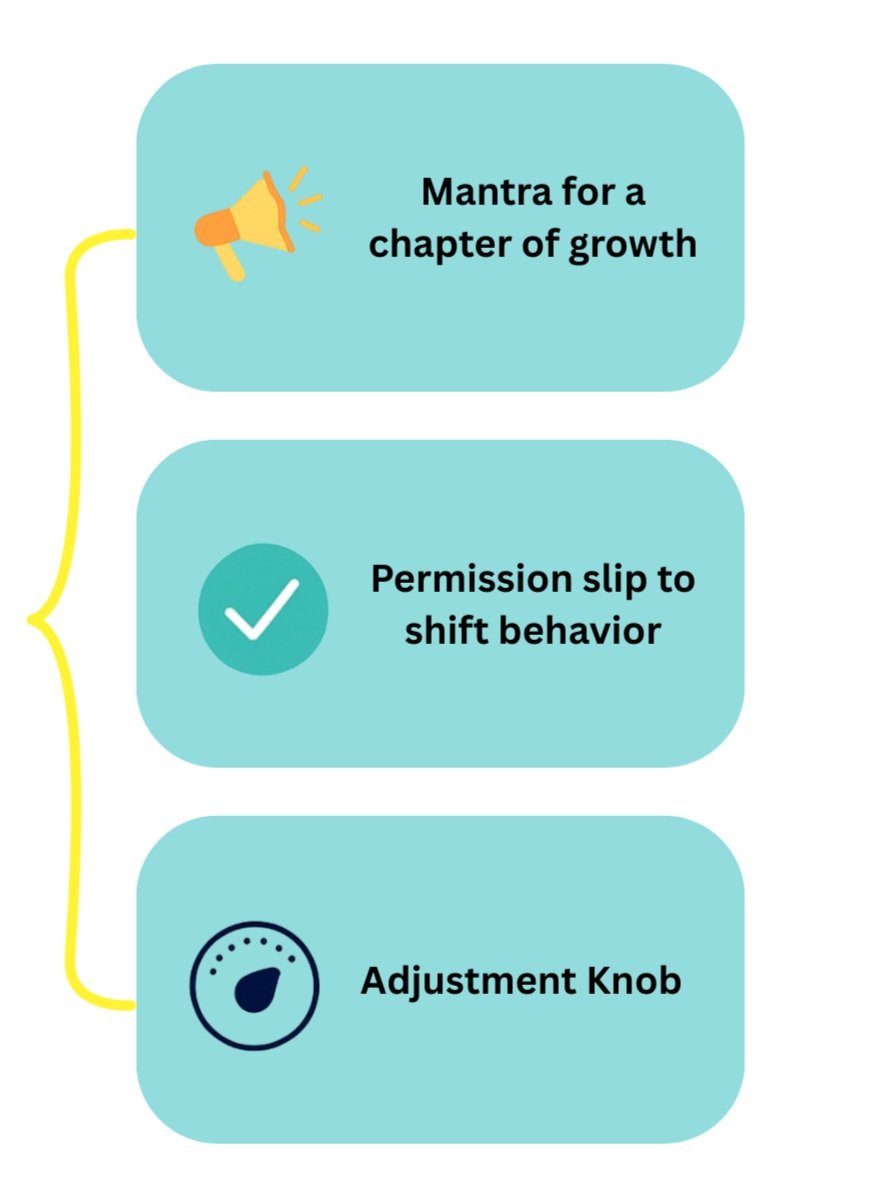5 Groups of People & Their Impact on Your Employee Experience
The modern employee is completely insane. I'm not just talking about millennials either. I'm talking about everybody.
One really interesting thing that we do in our survey process is we ask a net promoter question at the beginning and the end of every employee survey. We ask the exact same question to the same person within 20 minutes, and guess what happens? We get different results.
Sometimes the employee net promoter score goes up. What this really means is that two things have happened. The employee has had some time to consider how good they have things at the company and they realize that it's not as bad as they thought, or that it's actually pretty good. The second thing that happens is that they're optimistic that something's going to happen positively in response to what they're saying.
We've also seen scenarios where the net promoter score goes down. This is really a bad sign. This is like Charlie Brown with the football, “I can't believe I got tricked into doing this again.” “I can't believe that I'm answering all these questions and wasting my time and nothing's going to happen.” “Why do I keep putting myself in this situation?” These scenarios tell us two things about the modern employee. The first is that they're all over the place. They don't really know how they feel and they're able to be swayed pretty rapidly in one direction or the other. This is actually really scary, because three years from now when you're relying on that employee to make a decision, on a Sunday, when you're not around, on an issue that your company has never experienced before, it's going to be really difficult. That's a huge problem that nobody yet has the answer to.
“ It's the goal of the company to create a series of good employee experiences that are specific to all of the different populations of people that you have at your company.”
The second part of this is that we know that the employees just want to be asked how they feel, and what they want to know more than anything is that the company is trying to meet them where they are. This is a long way of saying that it's not actually the goal of the company to create an employee experience. It's the goal of the company to create a series of good employee experiences that are specific to all of the different populations of people that you have at your company.
It's not really about trying to find the one answer. It's about trying to create the circumstances that will allow you to adapt your set up to the people that you have, their evolving thoughts, life needs and situations. This is a totally different concept. An employee experience is not static. An employee experience is dynamic. An employee experience is actually a structure that allows the creation of many different employee experiences that are customizable for the different populations of people that you have in your company.
What we're focused on at Holistic are two things. First, identifying the different levers that you can pull and setting them up in a fashion so that different people can get what they want from the organization. Secondly, we focus on helping you understand exactly who is working at your company, what phase of their life they're in, what they're looking for, how they're going to react to different things, as all of those are very valuable elements of the employee experience process. That's our approach.
We've identified five main groups of people who you can find at any organization because it might be beneficial for you in terms of thinking about the structure of your employee experience.
NEWBIES
The first group is neophytes - new people who haven't yet decided how they feel. The focus for these folks is onboarding, getting them up to speed, giving them a really positive experience at the beginning of their tenure, and spending a lot of time to make sure that they have the capacity to make their own decisions. Onboarding surveys, entrance analyses, all of these things are really valuable tools for preparing to deal with this population.
GOOD EGGS
The second population is “good eggs”. These are people who are just in it to win it for your company. They are believers. They're extremely satisfied. They're doing well in their jobs. They're zealots. You see this a lot in startups with people who are founders or who were involved early on in the company. You see this a lot in terms of sales environments or organizations where certain populations are making a lot of money. You also see this a lot in mission-driven organizations, where somebody just truly believes in the mission and loves their team and loves what they're doing. These are great people to have because it's not as hard to keep them happy as others. There is a lot going into why they're so enthusiastic about the company, and you just need to leverage it.
BAD APPLES
The third population is what we call “bad apples”. These are people who are so disenchanted with what's going on at the company that not only have they given up on their own employee experience, but they're actively trying to undermine other people's employee experiences. We call them bad apples because the best solution for these folks is similar to what you'd do if you had a bad apple in a bushel. You got to get rid of it. Otherwise, it's going to affect every other apple in the bushel. We have a variety of different techniques that we can use to identify bad apples within your organization and then to remove them. There are always going to be people who are unhappy, but these are the folks that we want to get out of the environment as quickly as possible.
SWAYABLES
Next, you have the swayables. These are folks who haven't decided yet. Maybe it's because they've identified that some things are good and some things are bad. Or maybe they just are pretty reluctant to decide if they're happy at work or not based on their preconceived notions about whether or not somebody is ever truly happy at work. Either way, this is a population that you really want to focus on. Moving these people in the direction of being promoters within the organization is extremely valuable. One of the things that we measure is the percentage of people who are individual promoters versus individual detractors within your organization. You obviously want to have more individual promoters than detractors, but this is a number that you can methodically work to increase. If more people in your organization are generally positive, you're going to have better outcomes. And so we pay a lot of attention to the swayable population.
ALUMNI-TO-BE
The last group of people is people who are on their way out the door. People who have decided to leave. People who are going to pursue other options or people who've hit their max potential at the job. This is an extremely important population as well because these folks are going to become your future customers and your future ambassadors or your future exes and enemies. These folks are the ones who are going to head to Glassdoor and write a no holds barred reviewed about how you treated them on the way out the door and how you treated them during their time at your organization. You really have to be thoughtful about how to interact with these folks. This is an environment where it is as much an employee retention issue as it is about anything else. It is really important that you're thinking about your future alumni, because the way that you treat them is actually a direct reflection on the way that you're going to treat your employees, and every employee processes their own future departure every time that somebody leaves.
The idea isn't to find the answer that works for all of these different groups? The idea is, how do you create a situation where every one of these different populations is going to be able to find something that they want? That's what we're really focused on at Holistic. This is actually more important than understanding the life phase that somebody is in. It's understanding their mentality around their enthusiasm for the company. That's where we focus our energy and we'll help direct you to the real data behind how your employees are feeling about their jobs so that you can create a structure that works for everybody.
Enjoyed this article? Check out these similar blog posts!
These Three People & Culture Investments Will Be Critical to Your Future Workplace
Zombies in the Workplace and How to Prevent a Graveyard Office










